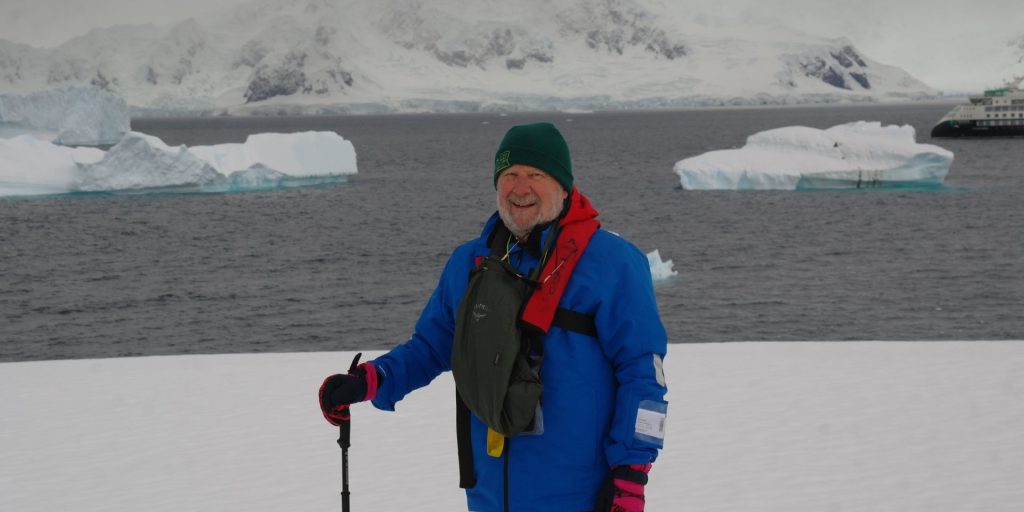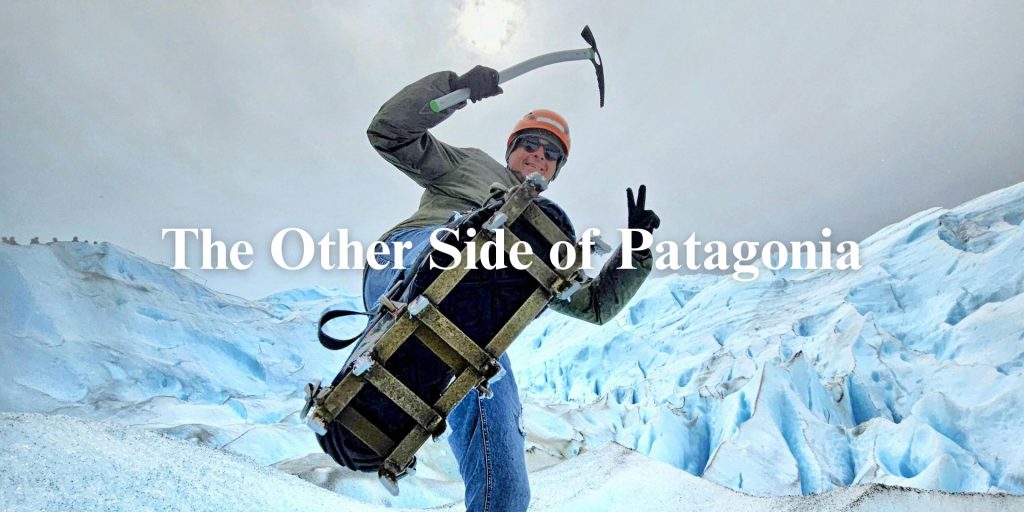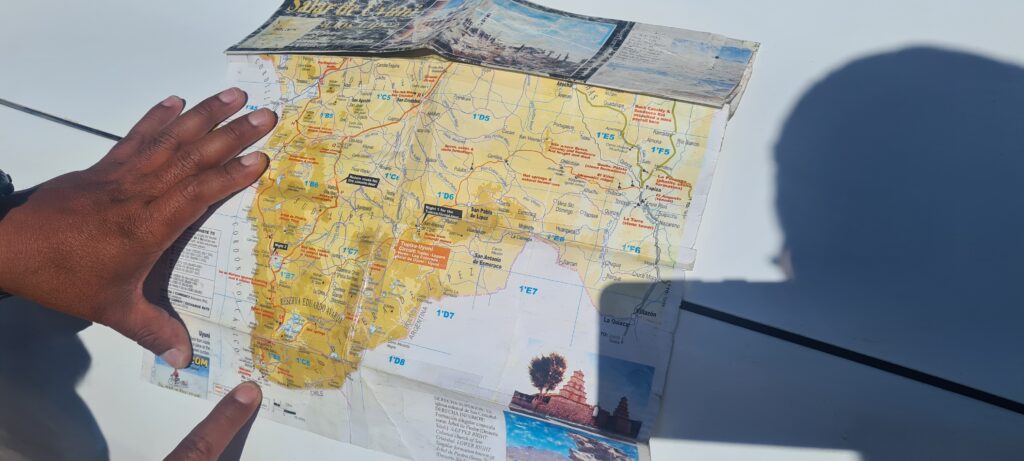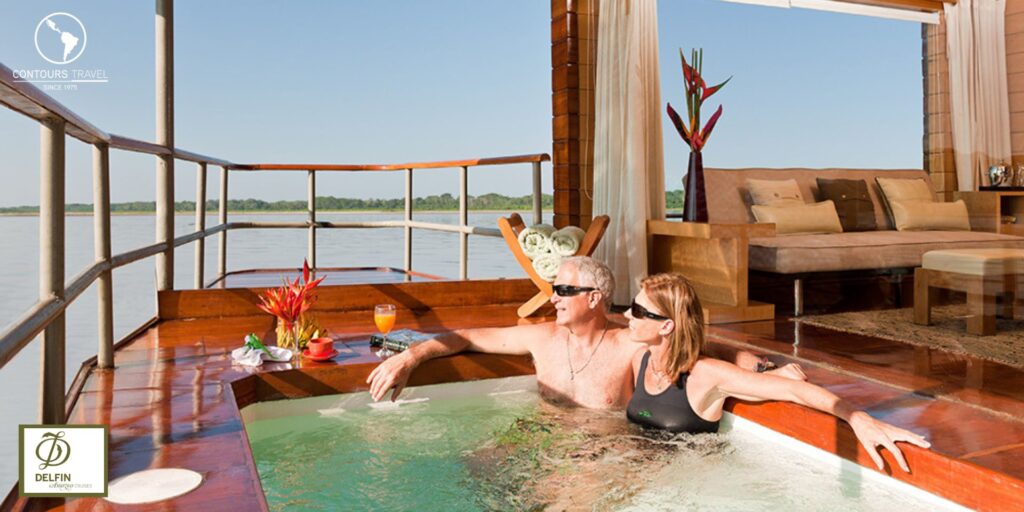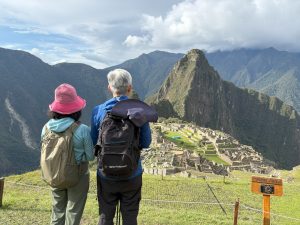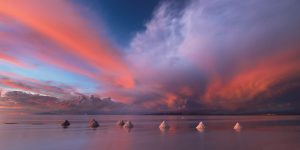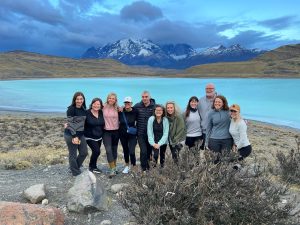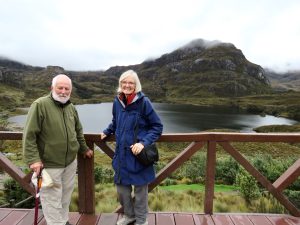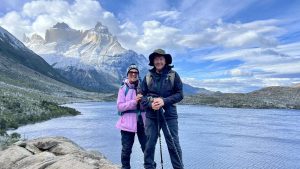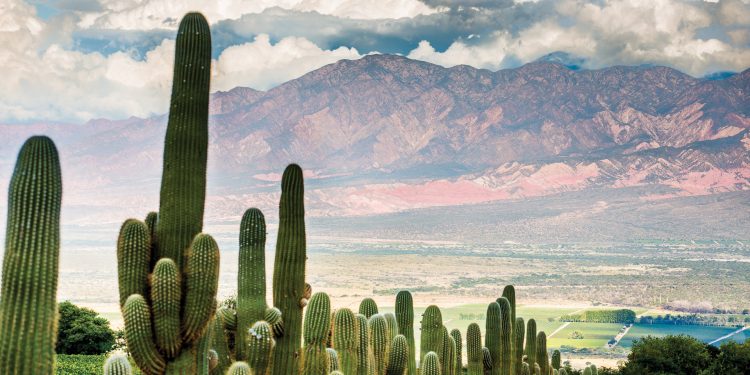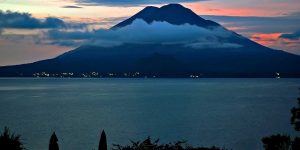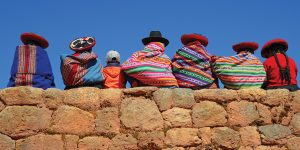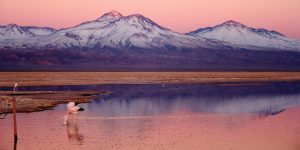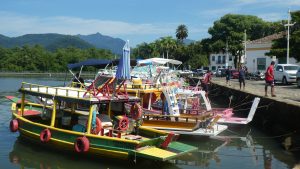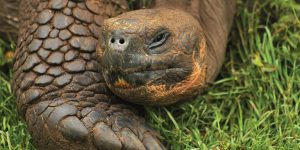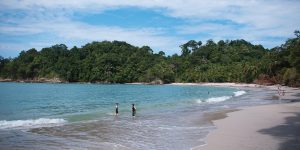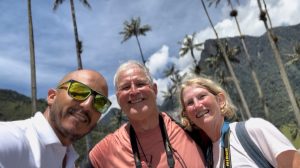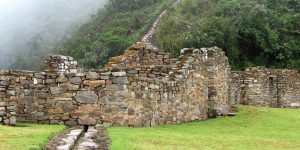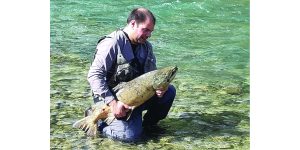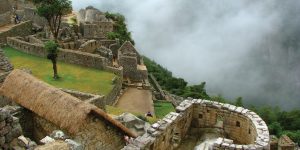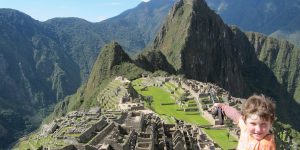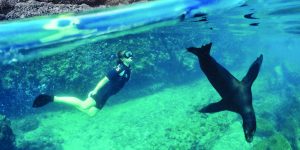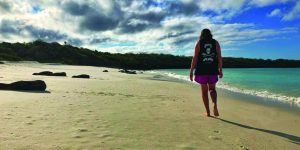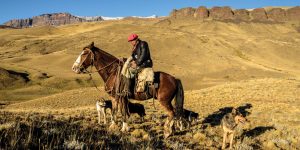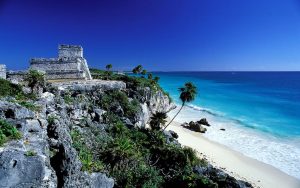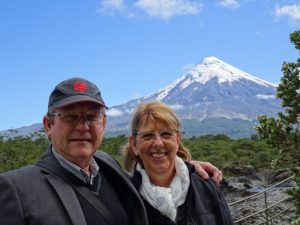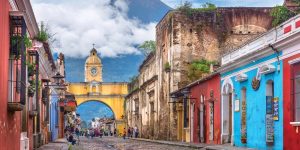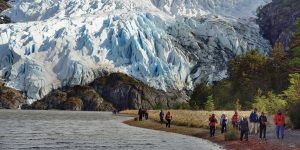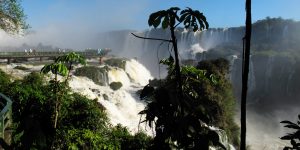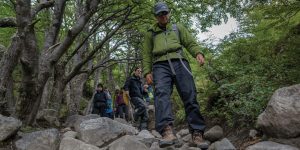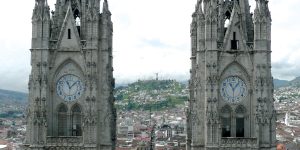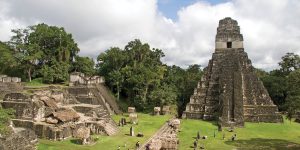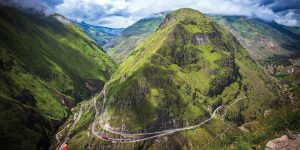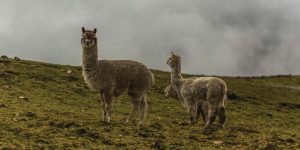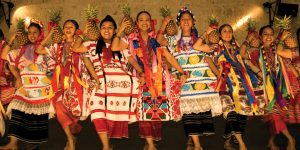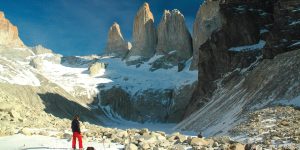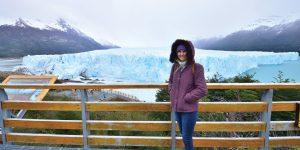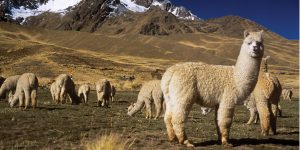How should you plan your trip to the Galapagos Islands? Well, firstly you should think about what is most important to you! Do you have a particular species you want to see? Or maybe there’s a specific wildlife event you have always dreamed of experiencing? For some of our clients, snorkelling opportunities are a big drawcard! And for others, it’s more about finding a moderate itinerary suitable for all ages and fitness levels.
If you are simply interested in seeing this remarkable destination, then honestly, any cruise itinerary will do! No matter what cruise you select, you are sure to encounter a fascinating array of unique wildlife, since every single one of the Galapagos Islands reveal something unique. So, the more islands you visit, the more you will appreciate the extraordinary diversity the Galapagos are renowned for.
Here is a guide to what you will find on each island so you can work out which Galapagos Islands you would most like to visit!
Santa Cruz
Everyone cruising the northern islands will set foot on Santa Cruz, because Puerto Ayora is either the start or end point of your cruise. So, you will almost certainly visit the iconic Charles Darwin Research Station, as well as the Highlands of Santa Cruz. This is often a highlight for many clients, as the Giant Tortoise can be found here!
But there is plenty more to see on Santa Cruz! In fact, we highly recommend adding a few nights’ accommodation after your cruise so you can explore the island in depth. From moderate hotels to luxury all-inclusive lodges, there are plenty of options for those keen to spend more time in the Galapagos. For those interested in scuba diving, extending your stay on Santa Cruz will allow time for underwater explorations. And there are more adventure activities on offer, including kayaking, biking and hiking!
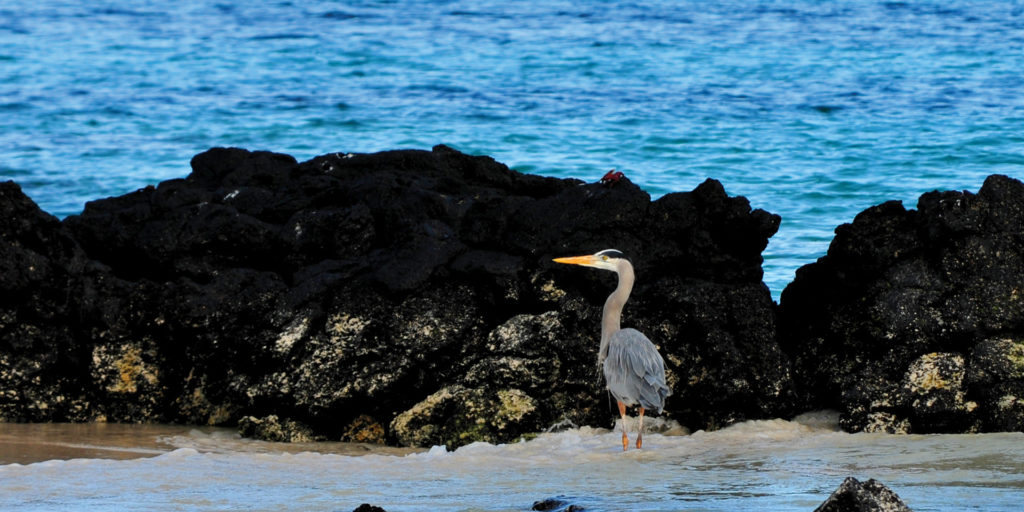
Bartolome Island
This may be the smallest island in the central archipelago, but Bartolome contains an impressive diversity of wildlife. This is the result of the Upwelling Phenomenon, where cold, nutrient rich water rises to the surface and providing feeding grounds for an array of marine life.
Bartolome is home to one of the most iconic vistas in all the Galapagos Islands, Pinnacle Rock. After snapping a few photos of this famous landmark, head to the base of the rock to find a colony of penguins, sea lions and marine birds. You might be lucky enough to see juvenile sharks swimming along the shoreline, and Galapagos Hawks circling overhead.
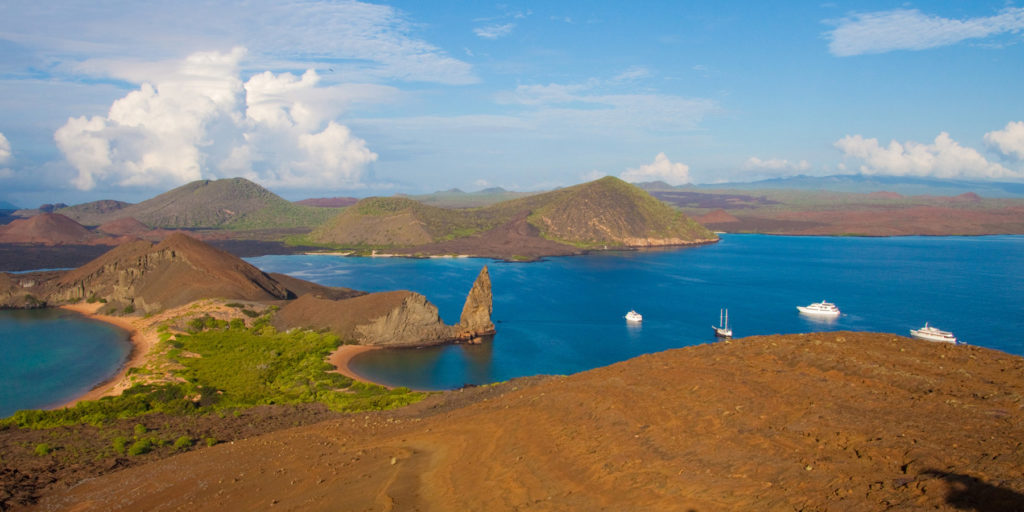
Santiago Island
Santiago contains on the most fascinating geological formations in the Galapagos, an enormous solidified flow of lava. The vast basaltic landscape has been sculpted over the millennia and is a unique sight to behold. In fact, the island itself was formed by two overlapping volcanoes and is the fourth largest of the whole archipelago.
Santiago is an unpopulated island; travellers will be able to spot Galapagos fur seals, Galapagos sea lions, hawks, Darwin finches, mockingbirds and marine iguanas.
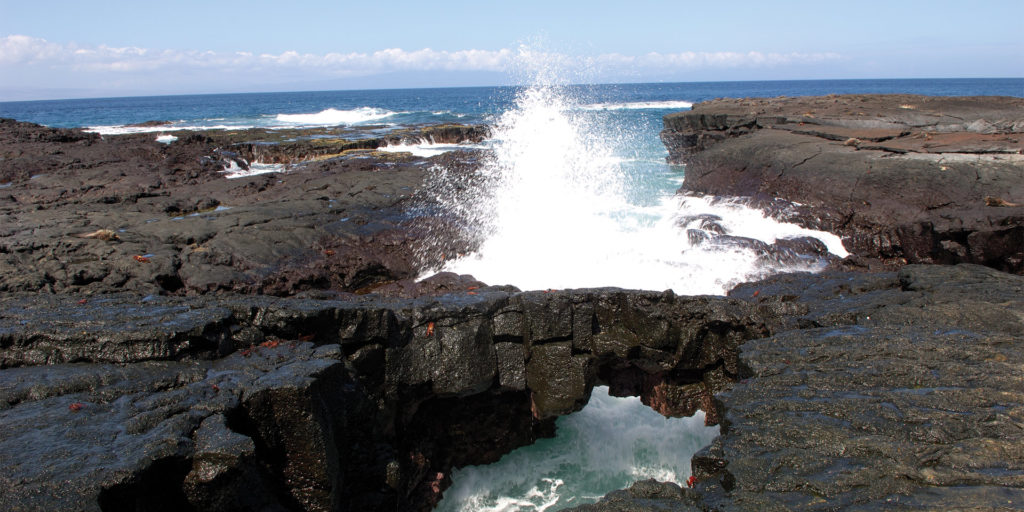
Genovesa Island
Genovesa is also known as Bird Island. So it should come as no surprise to learn that this is a fantastic destination for twitchers and amateur birdwatchers alike. Here you can find the most iconic bird species of the Galapagos Islands, including Red-footed boobies, Nazca boobies, Lava gulls and Swallow-Tail gulls. The island also features interesting vegetation including the spineless prickly pear cactus, the genus Opuntia and “Palo Santo” forest.
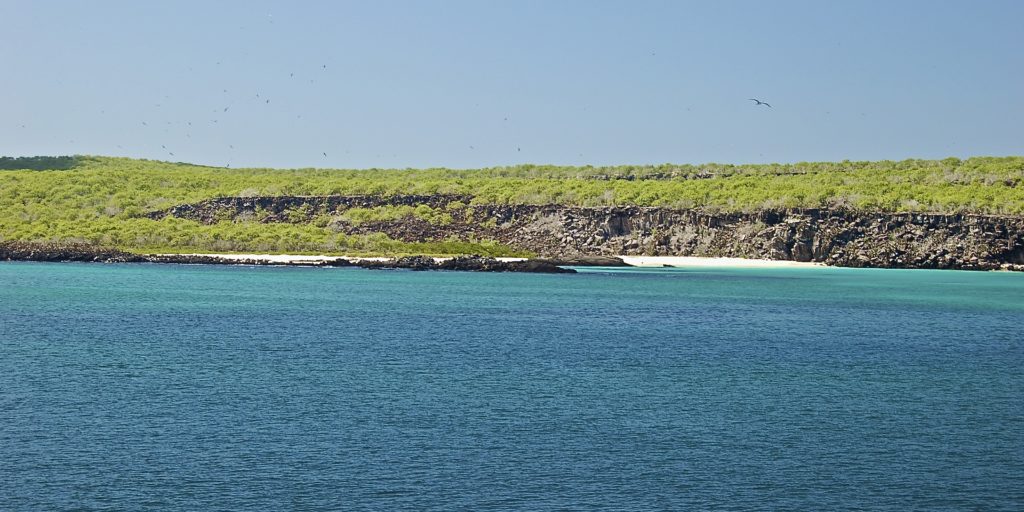
Santa Fe Island
Located on the south-east of the archipelago this is the oldest island in the Galapagos. In fact, it is around 4.5 million years old! Due to is geological nature and age; most of the animals on this island are endemic, making it a special place to visit. The Santa Fe marine iguana, mockingbird and lizard are all examples of species found here, and only here. Other wildlife visitors can observe include frigate birds, blue-footed boobies, sea lions, marine iguanas, swallow-tailed gulls, herons, hawks, sharks, rays.
And apart from its wildlife, Santa Fe is also home to Barrington Bay, one of the most beautiful in the Galapagos and a fantastic place for snorkelling.
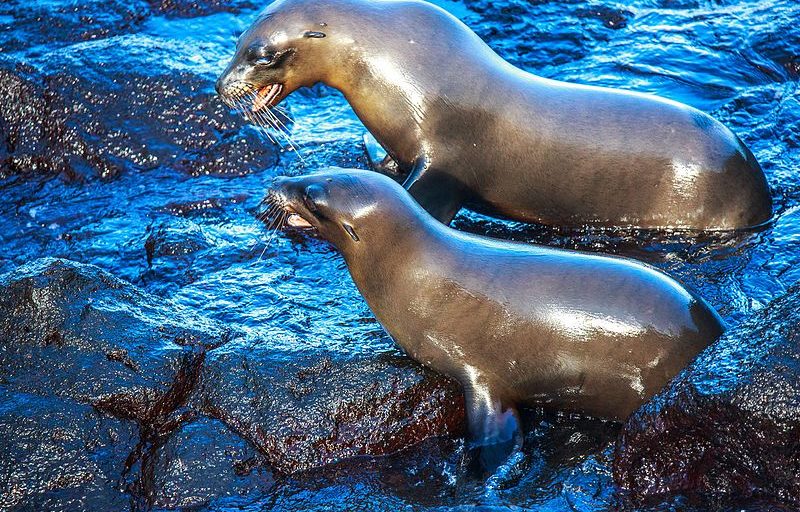
Is there a species or island that you are particularly keen on seeing that it not mentioned above? Well, stay tuned and we’ll guide you through the highlights of the southern route.
San Cristobal
San Cristobal is the only other island in the archipelago with an airport (Baltra being the other). Therefore, most cruises of the southern and eastern islands will either start or end here. During your time on San Cristobal you will almost certainly visit Kicker Rock. This unique rock formation is excellent for kayaking and scuba diving. And Lobos Island (Sea Lion Island) is, as the name suggests, one of the best places in the Galapagos for snorkelling with these playful creatures.
Did you know that this is one of the best islands to visit if you are short on time? Because 7 of the Big 15 can be found here! Yes, the Galapagos sea lion, frigatebird (great and magnificent), marine iguana, red-footed booby, blue-footed booby, Nazca booby and (best of all) the Galapagos giant tortoise all live on San Cristobal.
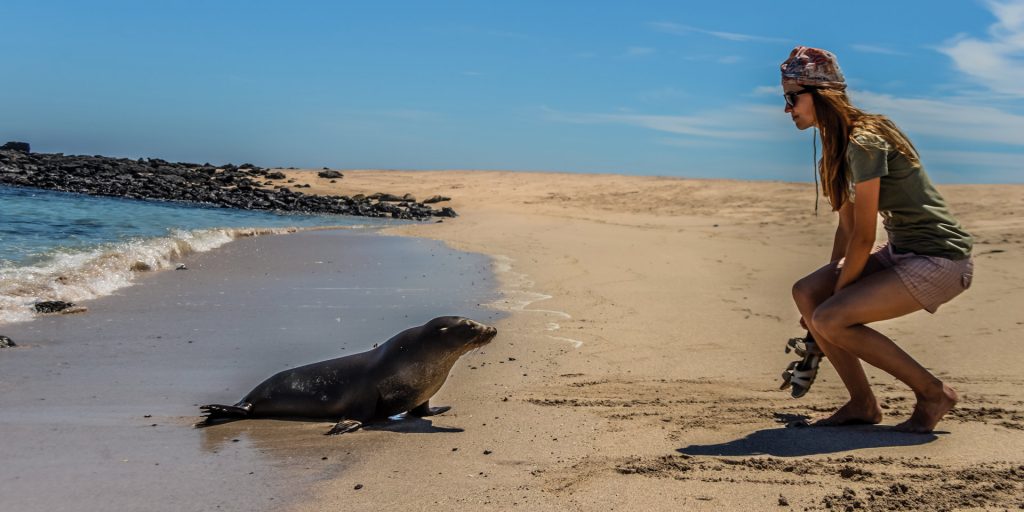
Floreana
Floreana teems with human history, adding another element to your Galapagos cruise. From Post Office Bay to Baroness Viewpoint, stories abound across the island. But of course, it is the wildlife that you are here to see! And what an abundance there is. Most guides agree that Devil’s Crown is the best snorkelling site in all the Galapagos – with a huge variety of tropical fish, sharks and rays. And then there’s the flamingos at Cormorant Bay. This is one of the largest colonies in the archipelago and a wonderful sight to behold.

Española
The southernmost island of the Galapagos holds the distinction of being the only place where you can see Waved Albatross perform their unique courtship dance. If you are keen to see these intricate rituals, the best months to visit are from September to November. And if the Waved Albatross is high on your list of species to see – make sure you don’t travel from January to March, as this is when they take to the air for migration.
Other highlights of Española include marine iguanas, mockingbirds and the sea lion nursery at Gardner Bay.
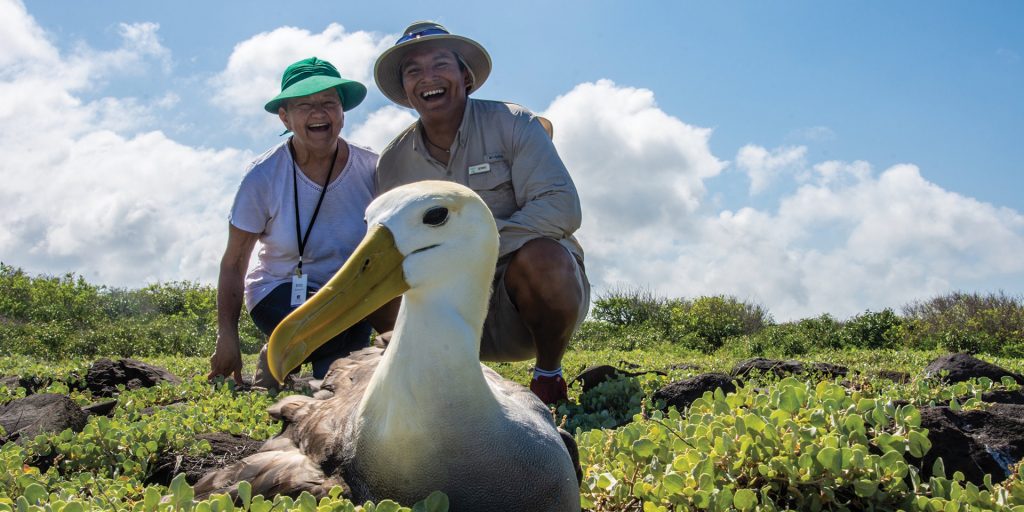
Isabela
Although Isabela is located in the west of the Galapagos, it is often included in southern itineraries due to the large number of landing sites on the south coast. Isabela is the largest island in the Galapagos and was formed by the joining of 5 volcanoes. And the largest of these, Sierra Negra, provides fantastic hiking opportunities.
Marine highlights include white-tipped reef sharks, Galapagos penguins, marine turtles and sea lions. While on land, flamingos, land iguanas and two sub-species of Galapagos Tortoise can be found.
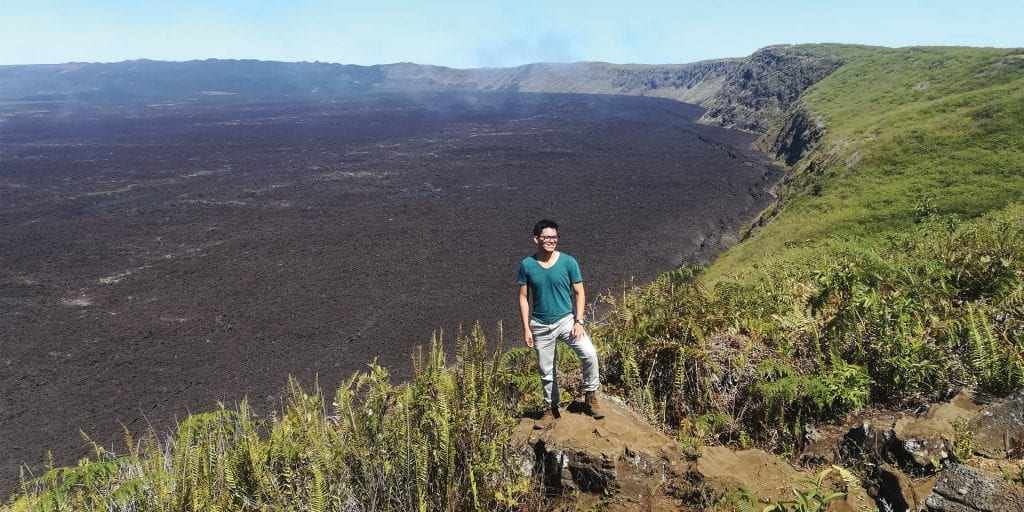
Which Galapagos Islands do you want to visit? Let our Travel Specialists know where you would like to go in the Galapagos and we will help find a cruise or island hopping itinerary to match! If you still aren’t sure where you would like to go in the Galapagos, get in touch today and we can help find the perfect itinerary for you.

